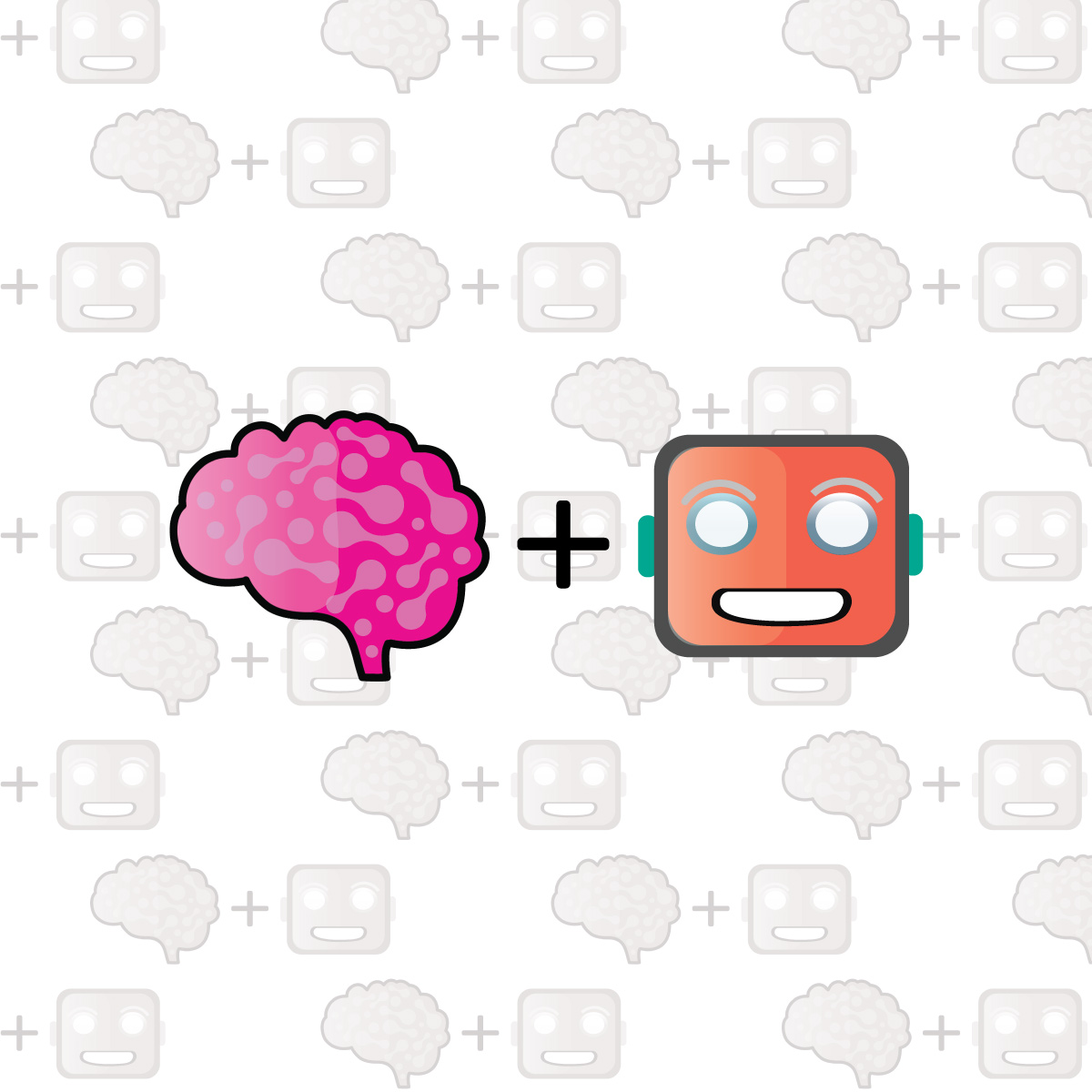When AI can analyze a hundred student papers in minutes, it’s easy to think the hard part is done. However, the truth is that data only matters when humans make meaning from it. AI can spot patterns in the evidence, but educators, PLCs, and students—the people—breathe life into those patterns.
We’re entering a new era of professional learning where AI and PLCs don’t compete; they collaborate. AI accelerates accuracy and efficiency. Human teams deepen empathy and understanding. Together, they shift not only how we analyze learning, but what learning is.
🔍 The Two Ends of the Learning Cycle: Where Humans Still Matter Most
1. Before the AI Analysis: Designing What Students Produce
The accuracy of AI analysis depends entirely on the quality of the student evidence. If students are only producing recall-level work, the algorithm can only measure recall. That’s why PLCs must redesign tasks to capture deeper reasoning, identity, and voice.
Human teams should ask:
- Are our tasks worthy of analysis?
- Do they elicit evidence of thinking, not just answers?
- Are they culturally responsive, allowing students to demonstrate brilliance in multiple ways?
2. When students produce artifacts that demonstrate transfer, criticality, and identity, AI tools have richer data to analyze—and teachers gain authentic insight into cognition and growth.
3. After the AI Analysis: Interpreting, Acting, and Listening
Once AI has surfaced glows, grows, and misconceptions, the human task begins again: sense-making.
- What might this evidence mean in light of what we know about students’ experiences?
- How might bias, language, or task design shape the pattern we’re seeing?
- What’s missing? Whose voices aren’t represented in the evidence?
4. This is where perception data meets performance data. AI might tell us that only 38% of students met the success criteria for reasoning, but when we incorporate student perception data—“I didn’t understand what strong reasoning looks like”—the story changes. The numbers don’t just tell us what happened; they help us uncover why.
🎯 Why What Students Produce Needs to Shift
If our goal is to develop assessment-capable, self-regulating learners, then worksheets and multiple-choice tests can’t be our primary source of evidence. Those artifacts capture compliance, not cognition.
To understand thinking, we need products that reflect:
- Metacognition: students explaining how they approached a problem and why.
- Identity: students connecting learning to who they are and what they value.
- Agency: students setting goals, monitoring progress, and revising based on feedback.
In short, students must produce evidence that mirrors the complexity of their minds. Only then can AI and humans analyze learning in a way that honors the whole child.
🧠 When AI and Humans Work Together
AI analysis is astonishingly consistent. It can identify trends that humans often miss—the slight misconception that 70% of students share, or the subtle growth of multilingual learners across drafts.
But humans complete the circle.
They use those insights to:
- Redesign instruction with empathy.
- Engage students in reflection and goal-setting.
- Compare AI-generated performance patterns with perception data, such as student voice surveys, reflections, and interviews, to determine if the story aligns.
Aligning perception and performance data empowers us to address the needs of the students our schools serve.
🌍 The Promise: Metacognitive Clarity and Democratic Learning
This is what Metacognitive Clarity is all about—shifting from analyzing scores to analyzing thinking. When we bring AI accuracy together with human empathy, we democratize data. Every learner, every voice, every artifact of learning matters.
We don’t just get better at analyzing student work; we get better at understanding students as learners, thinkers, and people.
🎯 How PLCs Can Unpack Perception Data
PLC teams can now integrate perception data protocols aligned to the Skill–Will–Thrill framework and Metacognitive Clarity Cycle (Plan–Monitor–Evaluate) to get a complete picture of student learning:
Student Reflection Prompts:
- Skill: What skills did I strengthen through this task? What evidence shows it?
- Will: How motivated or confident did I feel during the process?
- Thrill: What moments of curiosity, joy, or purpose did I experience?
- Metacognition: How did I use the success criteria to plan, monitor, and evaluate my progress? What did I adjust and why?
By collecting perception data alongside performance evidence, PLCs gain a 360° view of learning—accuracy from AI, empathy from reflection.
🚀 Bring an AI–Powered PLC Lab to Your School
Transform your PLCs from data-driven to learning-driven.
Bring a Zoom PLC Lab to your school and experience the next generation of collaborative inquiry.
Your team will:
- Experience the AI–AOE Protocol that analyzes 100+ artifacts in minutes.
- See automated outputs such as heat maps of mastery, grouped misconceptions, glows and grows by learner, UDL scaffolds, MLL language supports, and SMART mastery goals for every student.
- Learn to triangulate AI insights with student perception data for equity-centered decision making.
- Design new student products that elicit deeper thinking, identity, and agency.
- Launch a Metacognitive Clarity Cycle that helps students plan, monitor, evaluate, and adjust their learning using success criteria.
Every participant leaves with ready-to-use templates and an AI prompt library. We will guide you through a formative cycle so you are all set to use it with your PLC.
📩 Bring a PLC Lab to your school today!
🖥️ Coming Soon: The AI-Powered PLC Web App
Modeled after our forthcoming book, AI-Powered PLC Protocols, our new web-based app helps teachers and students:
- Upload anonymous student work for instant AI–AOE feedback and success criteria analysis.
- Gather and visualize student perception data aligned to Skill–Will–Thrill and the Metacognitive Clarity cycle.
- Track both performance and perception growth over time to fuel reflective practice.
Brains + Bots = More Time.
Empower every learner to think rigorously and act democratically.
© 2025 The Core Collaborative | All Rights Reserved.


